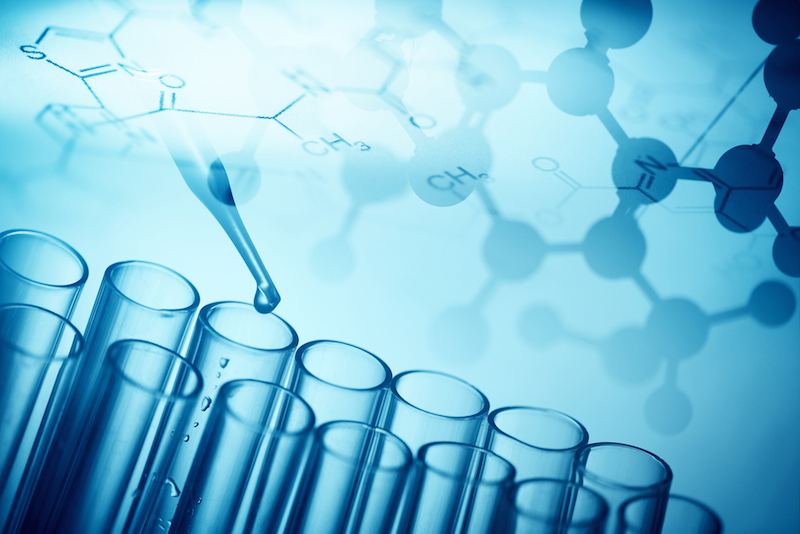'Lego-Stacking' Technique Could Help Scientists Grow Human Organs

By stacking human cells together like Lego blocks, scientists have found a way to create tiny, 3D models of human tissue.
The advance may enable scientists to test customized medicines before injecting them into a patient and, ultimately, to grow whole human organs, the scientists say.
The main difficulty scientists have faced in building organs is properly positioning the many cell types that constitute any given organ tissue. The new technique overcomes that challenge by using fragments of DNA to selectively latch one cell to the next.
"Getting all those communicating cells in place such that only the correct cells are touching and talking to one another is tough. We've figured out a good way of doing that," said Zev Gartner, an associate professor of pharmaceutical chemistry at the University of California, San Francisco (UCSF) and senior author of the study, published today (Aug. 31) in the journal Nature Methods. [Top 3 Techniques for Creating Organs in the Lab]
Gartner said scientists are still years away from growing whole organs to replace diseased ones. But since 2013, scientists have been creating what they call organoids — laboratory-grown and partially functional miniature organs.
These organoids could be useful not only for studying how nature assembles tissues and organs, but also for testing personalized drugs. For example, Gartner envisions using cells from a breast cancer patient's mammary glands to build a miniature mammary gland in the lab to test which cancer drugs have the best chance for success.
As a proof of concept, Gartner's team created several kinds of organoids, including capillaries and a human mammary gland, each with hundreds of cells.
Get the world’s most fascinating discoveries delivered straight to your inbox.
Such an organoid lets scientists "ask questions about complex human tissues without needing to do experiments on humans," said Michael Todhunter, who co-led the project with another researcher, Noel Jee, when both were graduate students at UCSF.
There are many cell types in an organ such as a mammary gland — for example, blood vessel cells, fat cells, connective tissue cells called fibroblasts, white blood cells and others. To properly arrange the cells in an organoid, the scientists first created snippets of synthetic, single-strand DNA molecules and embedded them into cell membranes so that each cell became somewhat "hairy," with dangling strands of DNA.
The DNA acted like Velcro stitching. Cells with complementary strands of DNA latched together, while cells with noncomplementary DNA just tumbled by one another. This way, the scientists could control which cells stuck to which.
Layer by layer, the scientists created a three-dimensional organ model. The entire process of building an organoid with hundreds of functional cells took just a few hours, Gartner said.
The scientists call the technique DNA programmed assembly of cells, or DPAC.
However, there are limits that prevent the DPAC technique from churning out whole organs, Gartner noted.
"We can make tissues that span multiple centimeters … and actually have hundreds of thousands of cells — maybe even millions," Gartner said. "However, they can only be around 50 to 100 microns thick," he said. (For comparison, the average human hair is about 100 microns thick.)
The reason the researchers cannot make larger and thicker tissues is that the cells in the interior of the organoid would need oxygen and nutrients that come from blood vessels. "We're working on building functional blood vessels into these tissues," Gartner said. "We can get the right cells in the right positions but haven't figured out how to perfuse them with blood or a substitute efficiently yet."
However, the scientists noted that combining DPAC with 3D-printing and stem-cell technologies could help them begin to tackle some of these limitations.
Follow Christopher Wanjek @wanjek for daily tweets on health and science with a humorous edge. Wanjek is the author of "Food at Work" and "Bad Medicine." His column, Bad Medicine, appears regularly on Live Science.

Christopher Wanjek is a Live Science contributor and a health and science writer. He is the author of three science books: Spacefarers (2020), Food at Work (2005) and Bad Medicine (2003). His "Food at Work" book and project, concerning workers' health, safety and productivity, was commissioned by the U.N.'s International Labor Organization. For Live Science, Christopher covers public health, nutrition and biology, and he has written extensively for The Washington Post and Sky & Telescope among others, as well as for the NASA Goddard Space Flight Center, where he was a senior writer. Christopher holds a Master of Health degree from Harvard School of Public Health and a degree in journalism from Temple University.


